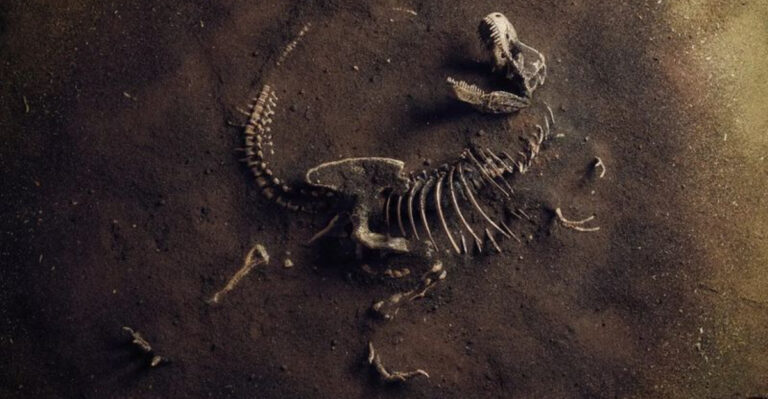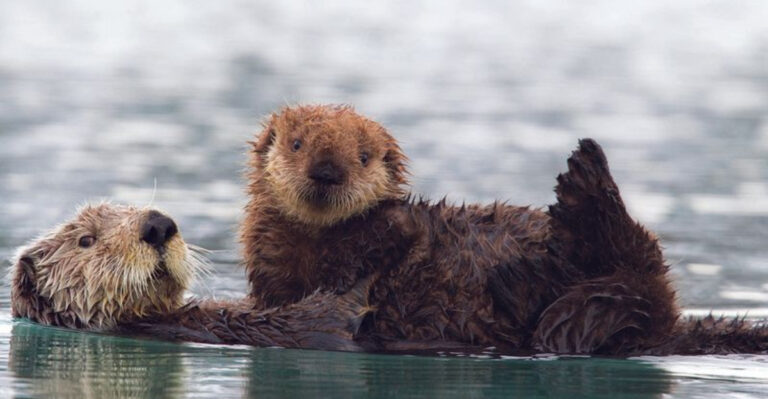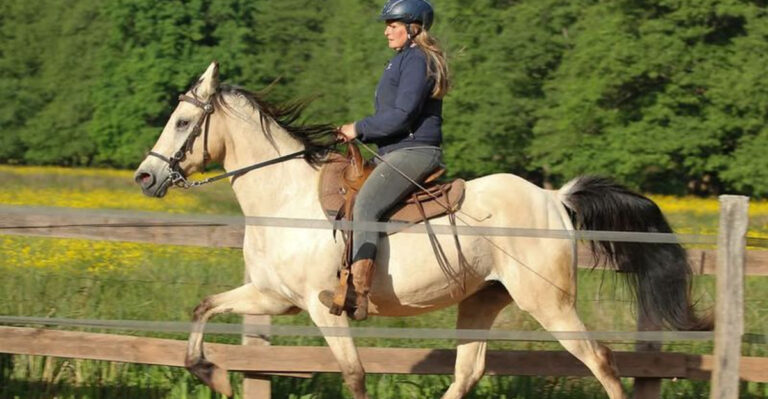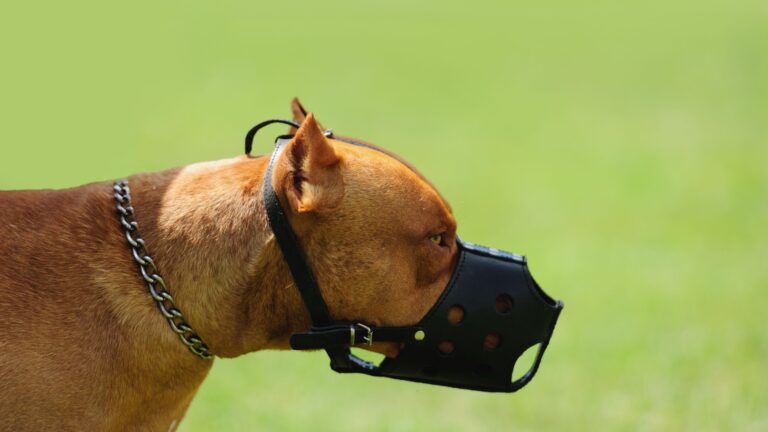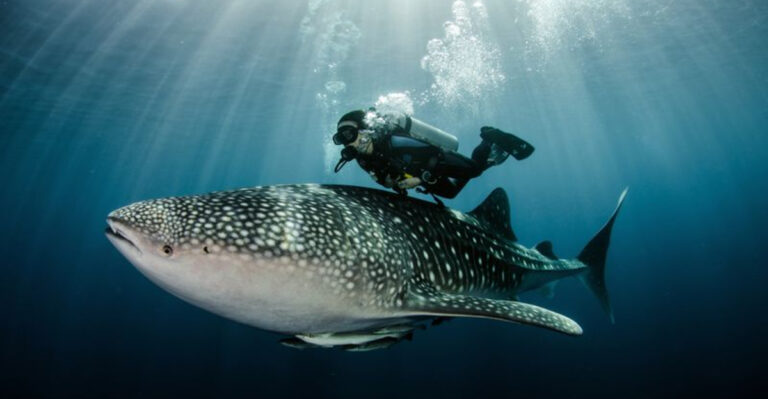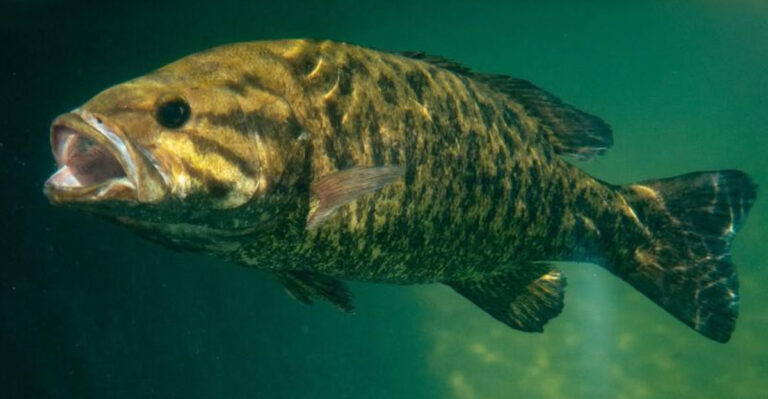10 Invasive Bird Species Taking Over America (And 5 Native Birds Fighting To Survive)
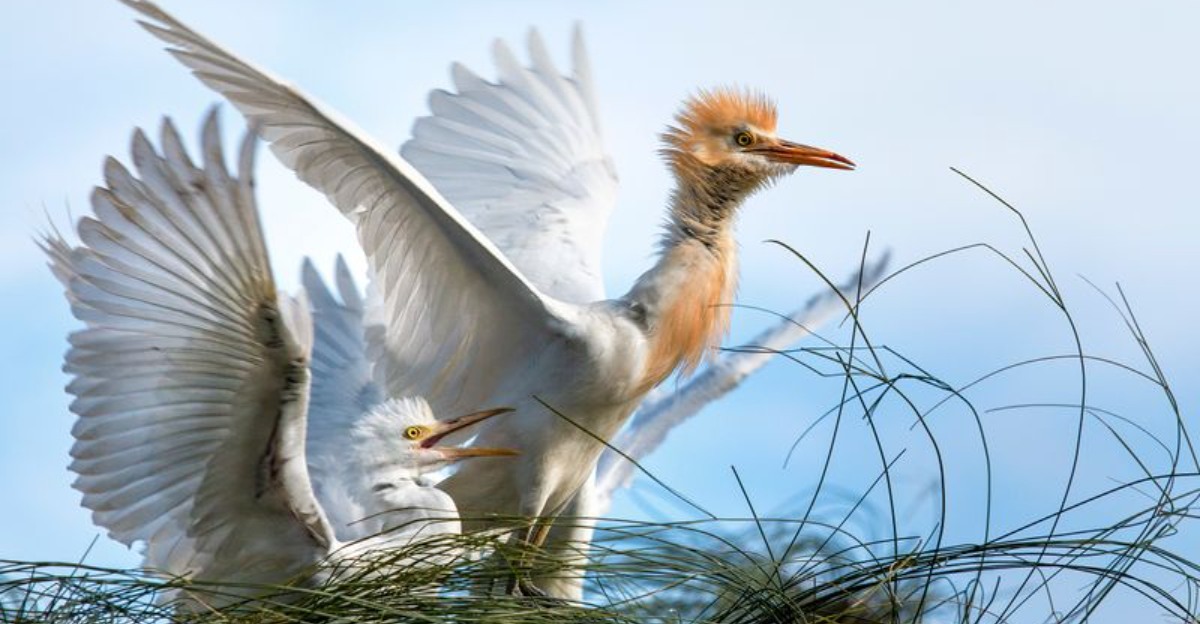
America’s skies are changing as foreign feathered invaders push out local birds from their natural habitats.
These non-native species often thrive because they face fewer predators and can outcompete native birds for food and nesting spots.
While some invasive birds were brought here deliberately, others arrived by accident – but all are reshaping our ecosystem in ways both visible and hidden.
1. European Starling: Shakespeare’s Unwanted Gift
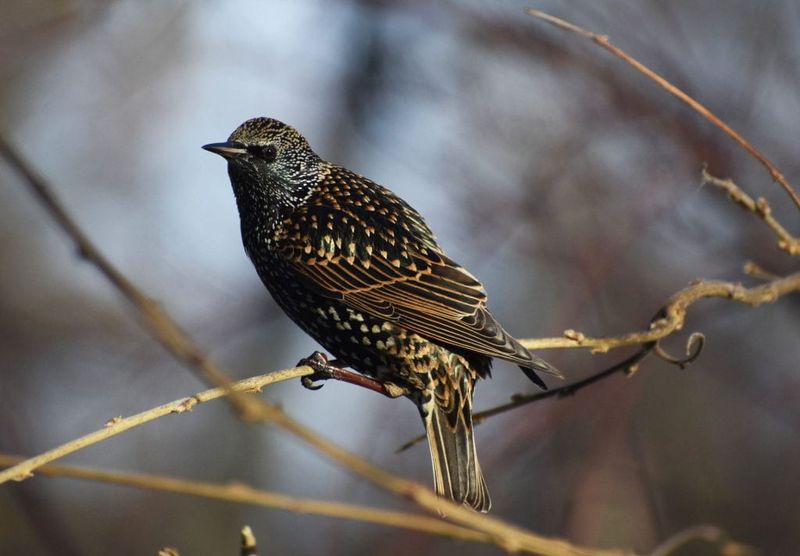
Blame a Shakespeare enthusiast for releasing about 100 starlings in New York’s Central Park in 1890. He wanted America to have all birds mentioned in Shakespeare’s works. That small flock has exploded to over 200 million birds today.
Starlings travel in massive, swirling flocks that darken the sky and devour farmers’ crops. Their aggressive nature allows them to steal nesting cavities from native birds like bluebirds and woodpeckers.
These glossy black birds with speckled plumage might look pretty with their iridescent purple-green sheen, but they cause about $800 million in agricultural damage annually.
2. House Sparrow: The Tiny Conqueror
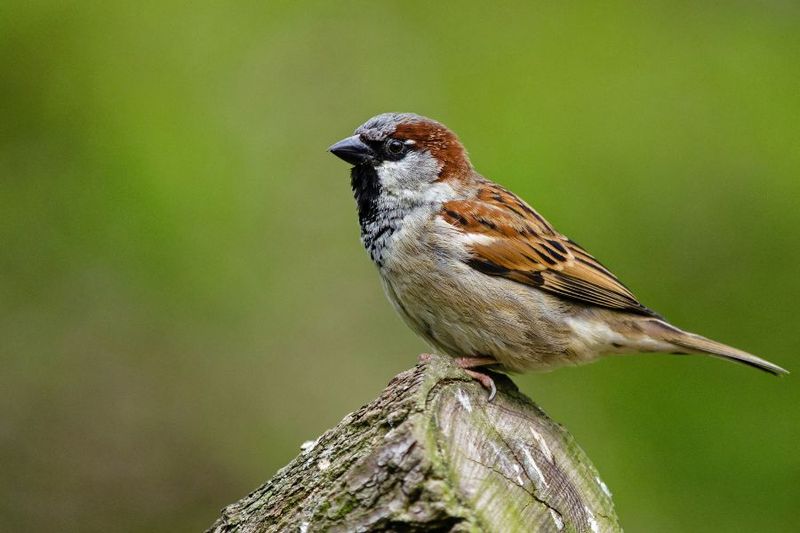
Originally from the Middle East, these little brown birds were brought to Brooklyn in 1851 to control insect pests. Nobody expected them to become one of North America’s most widespread invasive species, now found from busy city centers to remote farms.
Male house sparrows sport a distinctive black bib under their beaks, while females are plain brown. Don’t let their small size fool you – they’re incredibly aggressive toward native birds.
House sparrows have been documented destroying the nests of bluebirds, swallows, and wrens, sometimes even killing adult birds and their young to take over nesting sites.
3. Mute Swan: Elegant Menace

With their graceful white bodies and orange bills, mute swans seem like they belong on greeting cards rather than invasive species lists. Brought from Europe in the 1800s to decorate parks and estates, these massive birds have established wild populations throughout the eastern United States.
A single swan can uproot 20 pounds of underwater plants daily, destroying habitat needed by native waterfowl and fish. Their aggressive territorial behavior is legendary – they’ve been known to attack people in kayaks and canoes who venture too close to their nests.
Some states have implemented controversial control programs to manage their growing numbers.
4. Monk Parakeet: Urban Jungle Invader
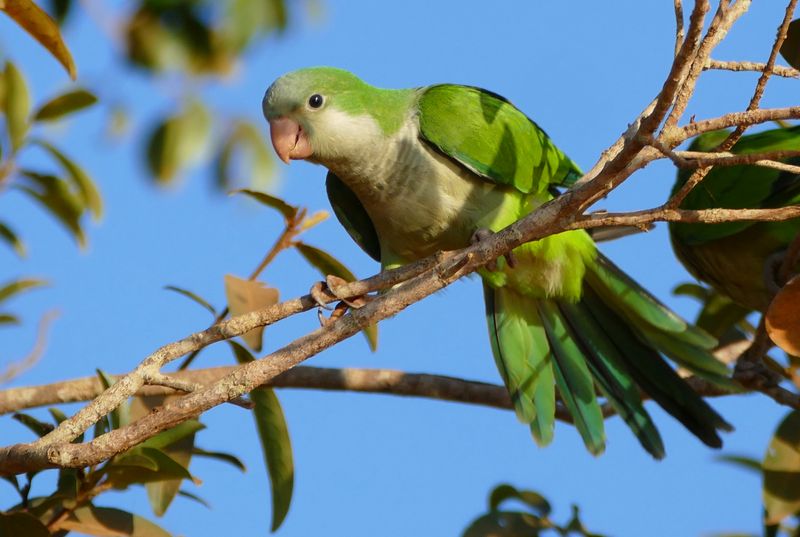
Bright green with a gray chest and face, monk parakeets bring a tropical splash to unlikely places like Chicago and Brooklyn. These South American natives escaped from the pet trade in the 1960s and established wild colonies that have thrived despite cold northern winters.
Monk parakeets build massive communal nests on power poles and transformers, causing electrical outages that cost utilities millions. A single nest can weigh up to 400 pounds and house multiple families!
Unlike most parrots that nest in tree cavities, monk parakeets’ stick-building habits have helped them adapt to urban environments where they face little competition from native species.
5. Eurasian Collared-Dove: The Silent Spreader
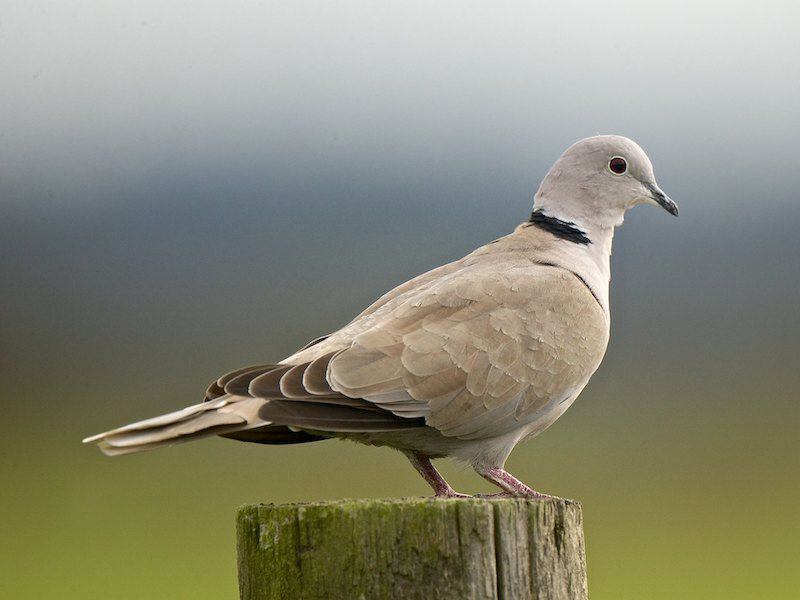
From Florida to Alaska in just 30 years – that’s the remarkable expansion story of the Eurasian collared-dove. These pale, sandy-colored birds with a distinctive black collar weren’t even in America until the 1980s, when they spread from the Bahamas after being released there.
Unlike some invasives that directly attack native birds, collared-doves simply outcompete them through sheer reproductive power. They can raise up to six broods of young each year, while most native doves manage only two or three.
Their soft cooing calls now echo across suburban neighborhoods nationwide, where they’ve become a common sight at backyard bird feeders.
6. Rock Pigeon: From Revered Messenger To Urban Pest
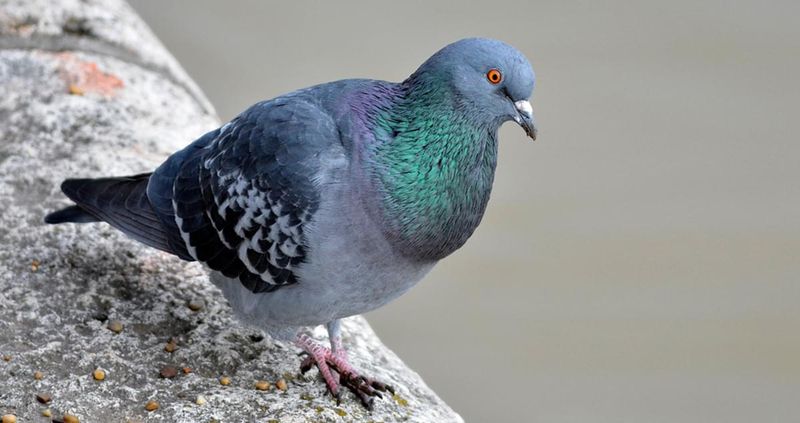
Originally cliff-dwellers from Europe and North Africa, rock pigeons (often called city pigeons) were among the first birds domesticated by humans thousands of years ago. They served as message carriers during both World Wars before becoming one of urban America’s most recognizable birds.
Their ability to thrive on human scraps and nest on buildings made cities perfect habitat. A single pair can produce up to 12 young annually, allowing their populations to explode.
Beyond being nuisances, pigeons carry diseases and their acidic droppings damage buildings and monuments. Cities spend millions annually cleaning up after these invasive birds that have completely adapted to human environments.
7. Cattle Egret: Hitchhiker From Africa
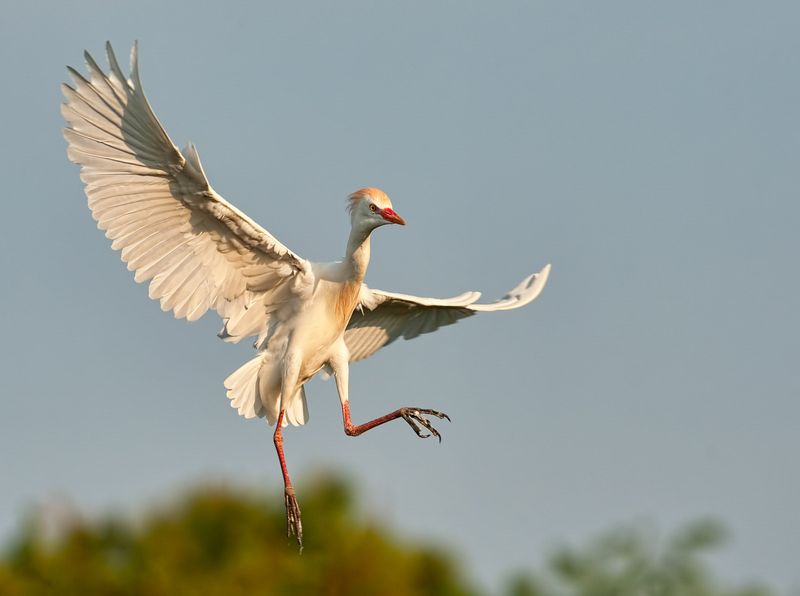
Unlike most invasive birds that humans introduced, cattle egrets flew to America on their own from Africa, arriving in Florida in the 1940s. These white birds with yellowish bills spread rapidly across the continent by following farm equipment and grazing livestock that flush out insects.
Cattle egrets have expanded their range more than any other bird species in recent history. Their incredible adaptability allows them to thrive in agricultural landscapes where native herons struggle.
While less destructive than some invasives, they compete with native wading birds for nesting sites in wetlands and have been known to push out smaller native egrets from prime breeding colonies.
8. European Goldfinch: A Flash Of Color
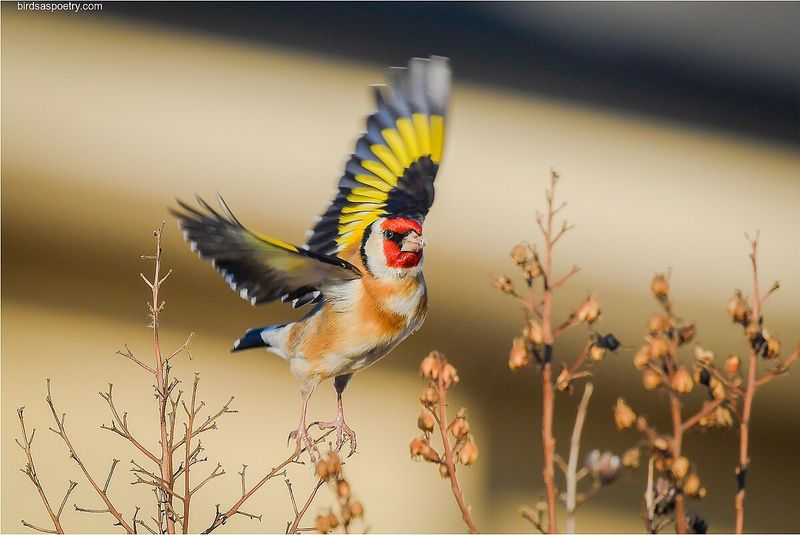
The European Goldfinch, adorned with striking yellow and black wings, is a recent invader making its mark on the American landscape.
Originating from Europe, these birds have been expanding their range, often found in gardens and woodlands. Their beauty is undeniable, yet their presence raises concerns about the impact on native species.
The European Goldfinch’s preference for similar habitats can lead to competition for food and nesting sites, challenging the ecological balance. Their captivating appearance, however, continues to draw admiration from bird enthusiasts.
9. Brown-headed Cowbird: Native Nest Parasite
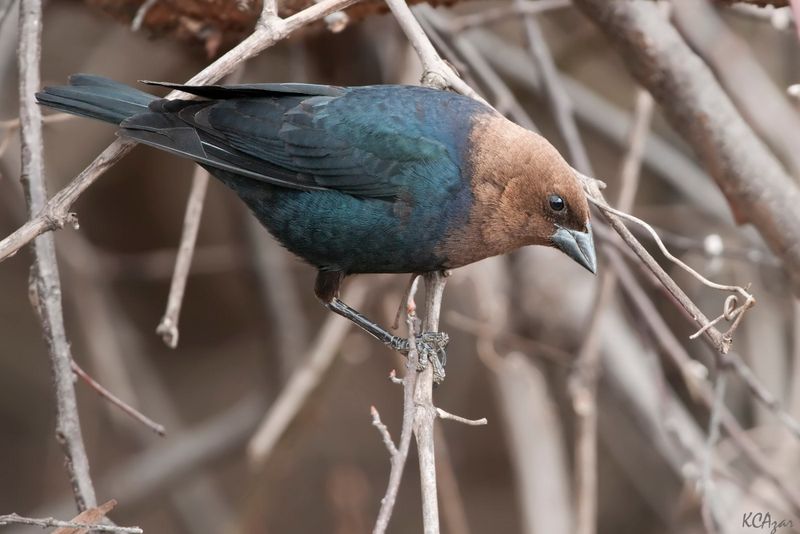
Technically not invasive since they’re native to North America, brown-headed cowbirds have become problematic due to human landscape changes. Originally following bison herds on the Great Plains, these birds expanded nationwide as forests were cleared for agriculture.
Female cowbirds never build nests – instead, they lay eggs in other birds’ nests, tricking them into raising cowbird young. A single female can lay up to 40 eggs in different nests each season!
Cowbird chicks typically hatch earlier and grow faster than their nest-mates, often causing the death of the host birds’ own young. This parasitic behavior has pushed some species like Kirtland’s warbler and black-capped vireo to the brink of extinction.
10. Rose-ringed Parakeet: Colorful Colony Builder
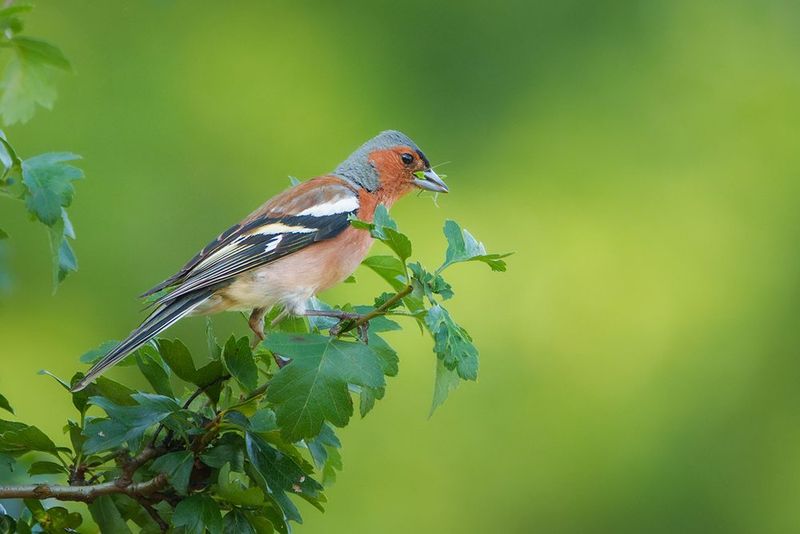
Bright green with a rosy ring around males’ necks, these escaped pets have established wild colonies in warmer parts of the country, particularly Southern California, Florida, and Hawaii. Native to Africa and India, they’re among the most successful parrot species at establishing wild populations worldwide.
Rose-ringed parakeets compete directly with native cavity-nesting birds like woodpeckers and bluebirds. Their loud, squawking flocks can number in the hundreds, creating noise disturbances in urban areas.
Climate change may help these tropical birds expand their range further north in coming decades. Their intelligence and adaptability make them particularly challenging to control once established.
11. Red-headed Woodpecker: Colorful Native Under Pressure

With a crimson head, snow-white body, and jet-black wings, the red-headed woodpecker is among America’s most striking native birds. Unfortunately, this flashy species has declined by over 70% since the 1970s, partly due to competition from European starlings for nesting cavities.
These woodpeckers need dead trees (snags) for nesting and feeding, but modern forestry practices often remove these “unsightly” trees. They’re also hit hard by vehicle collisions while catching insects along roadsides.
Unlike most woodpeckers, red-headed woodpeckers store food for later use, tucking insects and nuts into bark crevices and covering them with wood chips – a behavior now threatened as their populations dwindle.
12. Greater Sage-Grouse: Icon Of The Vanishing West
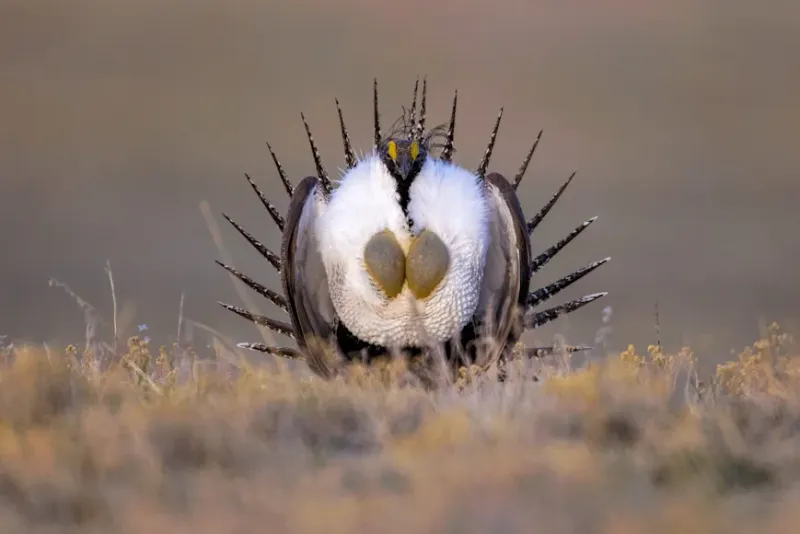
Famous for their spectacular mating displays where males inflate bright yellow air sacs and fan their spiky tail feathers, greater sage-grouse once numbered in the millions across western sagebrush landscapes. Today, fewer than 500,000 remain as their habitat disappears.
These chicken-sized birds depend entirely on sagebrush for food and shelter. Oil and gas development, invasive plants, and rangeland fires have fragmented their habitat into isolated patches.
Sage-grouse serve as an “umbrella species” – protecting them also safeguards habitat for 350+ other species. Conservation efforts include designating protected breeding grounds called leks, where males perform their ancient courtship dances each spring.
13. Piping Plover: Tiny Shorebird, Enormous Challenges
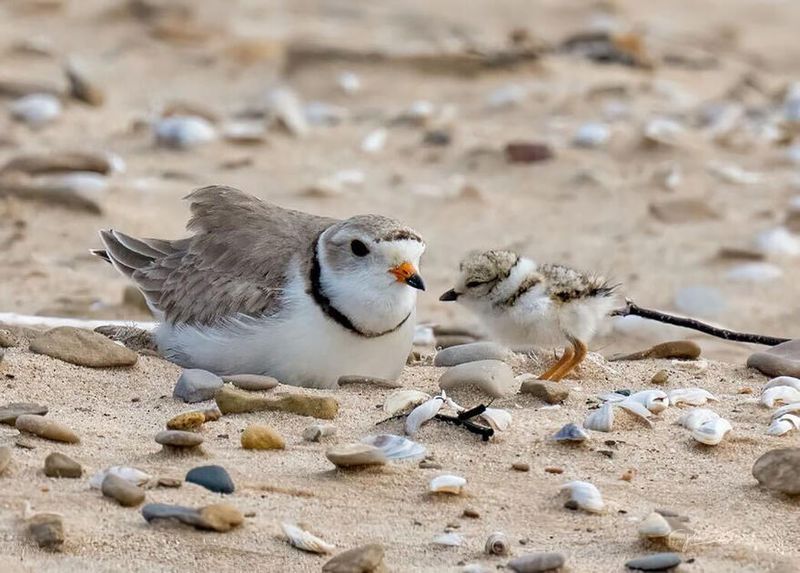
Small enough to fit in your palm, piping plovers are sand-colored shorebirds that nest on open beaches – the same beaches where millions of people vacation each summer. Their population has plummeted to fewer than 8,000 birds as development claims their nesting habitat.
These birds lay their eggs in shallow depressions right on the sand, making them vulnerable to beachgoers, unleashed dogs, and vehicles. Rising sea levels from climate change further squeeze their already limited habitat.
Conservation efforts include roping off nesting areas and using volunteer “plover monitors” to educate beachgoers. Their distinctive “peep-lo” call, once common along Atlantic and Great Lakes shorelines, has become increasingly rare.
14. California Condor: Back From The Brink
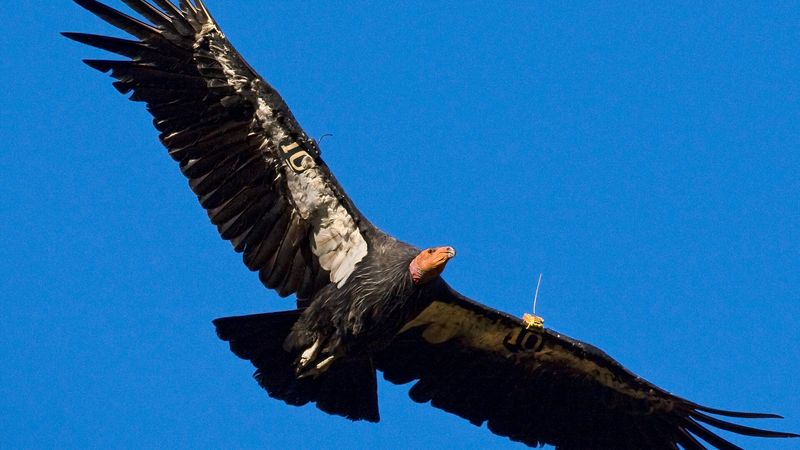
With a 9.5-foot wingspan and bald, colorful heads, California condors are North America’s largest birds – and among its most endangered. By 1982, only 22 remained in the wild before an ambitious captive breeding program began their slow recovery.
These massive vultures once soared above much of the American West but were decimated by lead poisoning from eating carcasses containing bullet fragments, plus habitat loss and direct persecution. They reproduce extremely slowly, laying just one egg every two years.
Today, about 500 condors exist, with over half flying free in California, Arizona, Utah, and Baja Mexico. Each bird wears wing tags and transmitters so scientists can track their movements and continue recovery efforts.
15. Whooping Crane: America’s Tallest Bird Fights Extinction
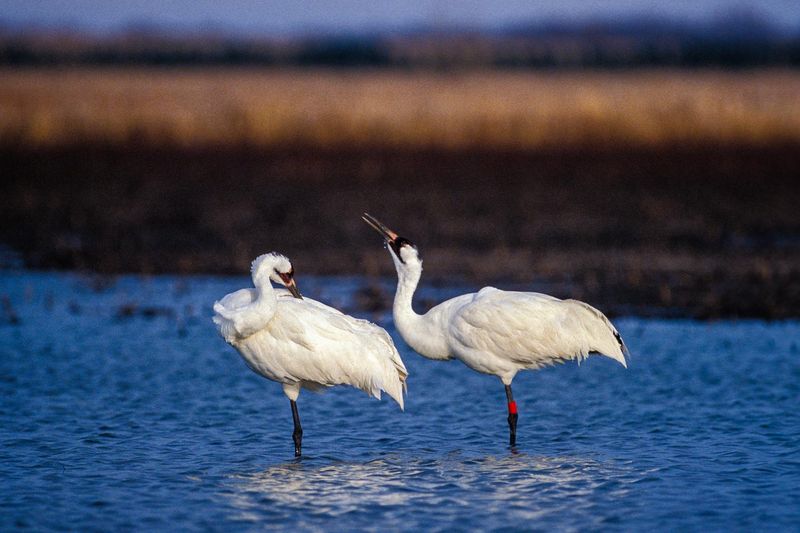
Standing nearly five feet tall with snowy white feathers and a crimson crown, whooping cranes are impossible to mistake for any other bird. They’re also among our most endangered species – their population crashed to just 15 birds in 1941 before slowly recovering to about 800 today.
These majestic birds perform elaborate courtship dances with leaps, wing flaps, and head bobs. They mate for life and can live up to 24 years in the wild.
Recovery efforts include innovative approaches like using ultralight aircraft to teach captive-raised cranes their ancestral migration routes. Power line collisions remain a major threat, along with habitat loss and drought affecting their wetland breeding grounds.

